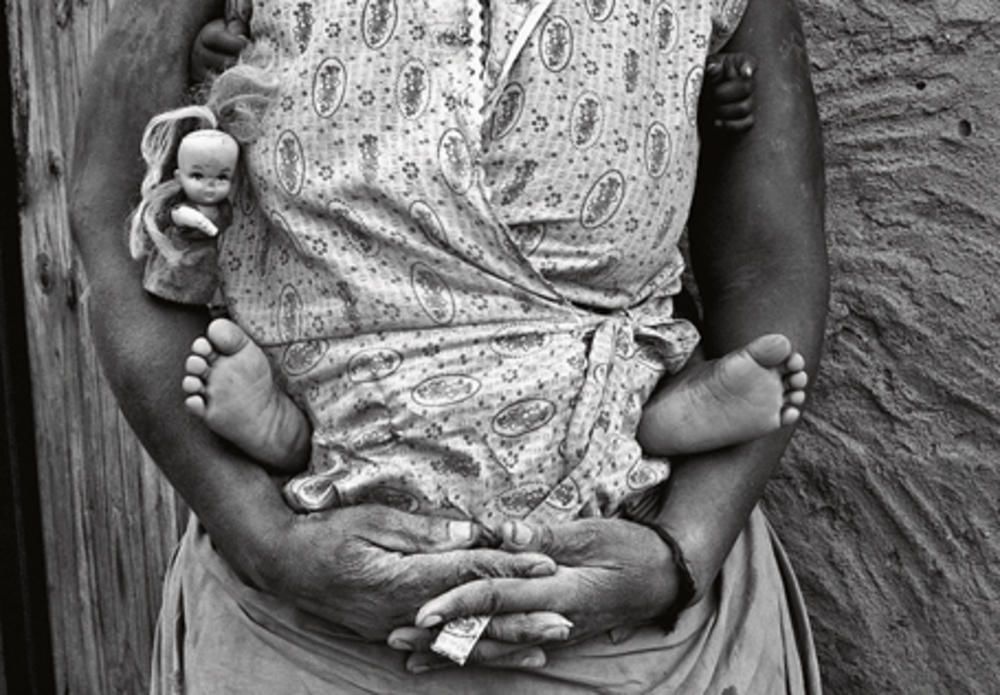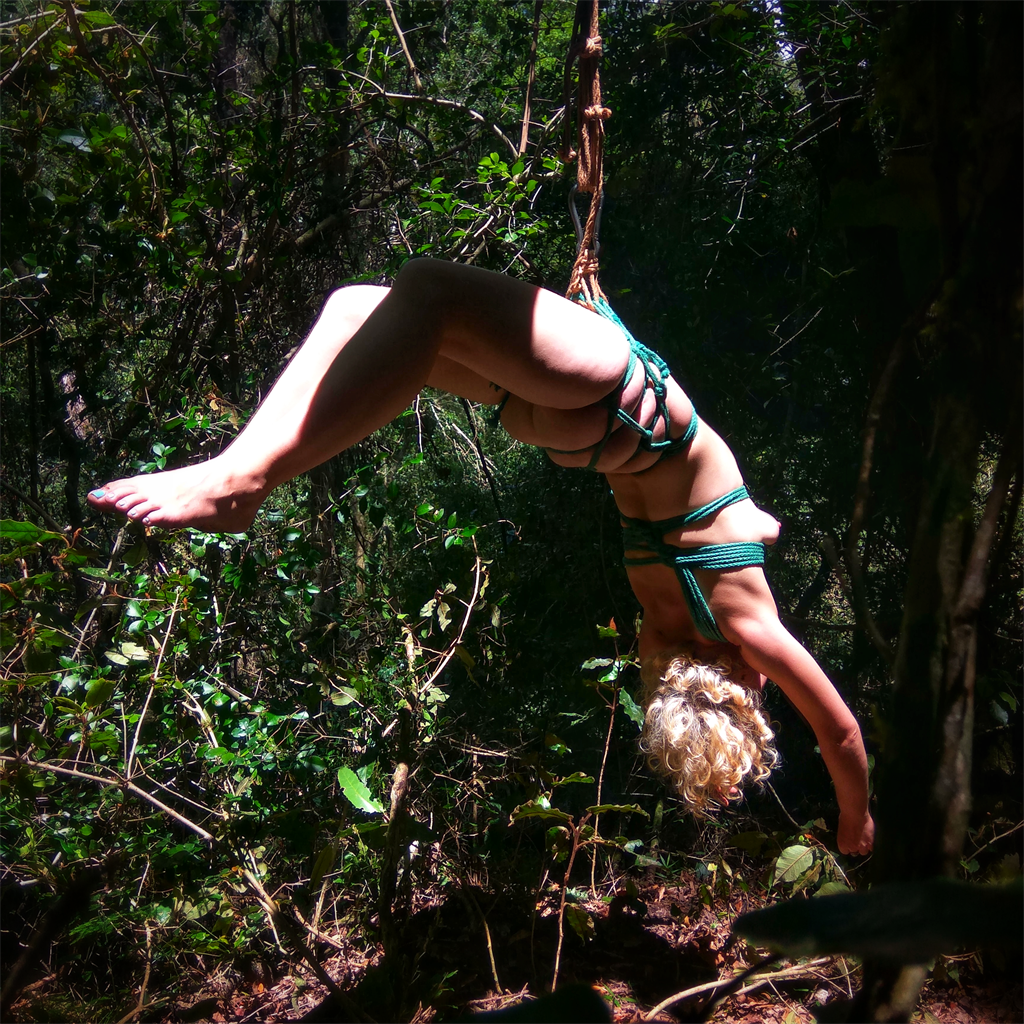More Than One Kind Of Love
"Today, I believe in the possibility of love; that is why I endeavour to trace its imperfections, its perversions” - Franz Fanon


Indian Matchmaking: The divine cosmology of love with Sima Taparia
by Lindokuhle Nkosi
About 13 minutes and 13 seconds into a Zoom call with Sima Taparia, more affectionately known as Sima Aunty from Indian Matchmaking, she asks to take a break. And for a short while I’m staring at an empty black leather office chair, still swinging left, still swinging right from the velocity at which she spun off it. Behind the chair, the thin strip of a gathered lace curtain filters the light in ways that can only be described in soft words: things that feel like tenderness, like early morning loving that turns into “oh well, we’re already running late”.
Because of the light, because of the lace; a spectrum peacocks itself on the walls in pastels, colouring one part a powderish blue, another – something just to the left of white, and another part of the wall, bending at angles to support the staircase, the pink of something newborn and fragile.
But the chair doesn’t stay empty for long. Soon a man appears on my screen. First his stomach. And then his chest and shoulders clad in yellow. And then a smiling, kind bespectacled face. “Hello,” he says. “This Anup Taparia. I am husband of Sima,” he announces.
“How’s South Africa?” he asks. And I believe it be a genuine request. He’s asking because he wants to know. He tells me about his trip to South Africa with his wife some four years ago. The touristic buck list: Garden Route, Johannesburg, Cape Town. Sima appears just over his shoulder, smiling. There’s something very settled in about this kind of love. He quickly makes room for her. Again, the incomplete oscillations in black leather, now brought to stillness by “India’s number one Matchmaker”, Sima Taparia.
Indian Matchmaking premiered on 16 July 2020 on Netflix and quickly became a surprise hit, buoyed by a global lockdown and pandemic, viewers all over the world found themselves tuned into the talents of Taparia, who had previously appeared on screen through a documentary called A Suitable Girl. A Suitable Girl follows three young women in India on the path to marriage and is helmed by the same director of Indian Matchmaking. It too features Sima and Anup Taparia. Younger versions of themselves, with brighter eyes and thicker hair, hold up a baby, smile at the camera, drop something into her mouth.
“As a girl is born, it is understood that she has to get married one day or another. She has to leave her parents. She has to go to her in-laws place. That is fixed. After she gets married, we’ll miss her,” says Sima voice in opening minutes of the film, while grainy footage in the background marks milestones of her daughter’s life.
In one scene, we’re in a room filled with red and blue plastic chairs. A number of people stand in a line and are handed stickers, name tags, information cards. Purple lettering set on a tallow background announce where we are, at a Rotary Club of Bombay North-West organised Swayamvar, described as a practice in which women of a marriable age choose a husband from a group of suitors. It’s not as lavish as one would expect.





Pleasure Activism: Where this body is a target, study or spectacle, my nudes bring me pleasure
Pleasure can get lost under the weight of oppression. For the writer, this has resulted in de-personalisation: a perpetual out-of-body experience that has robbed her of intimacy with the self. Through the deliberate act of making and sharing nudes, she's found pleasure.
WARNING: this article contains themes and images of a mature nature.
Being a fat hottie has been absorbing. The negotiations are constant and hardly on my terms.
It's in the expectations; the disclosures, the held breath then sighs of relief when I finally undress. The unsolicited comforting. Back fat instead of forehead kisses. Fixating on my breasts. Looking away from the eczema scarring on my inner thighs and under my tits.
I take the front seat when too many of us have to be in a car.
Always trailing far behind, I'm the friend who holds up the party when we start the day with a hike. Giving away the clothes I bought online. Leaving impromptu sleepovers in the clothes that I came in.
It’s been easy for me to get lost in the fat transactions. So too have been the dealings where being Black, femme and queer reduced my body to a target, study or spectacle.
White acquaintances on deadlines have on countless occasions asked to interview me about a part of my black experience. When asked for more detail (because the experience isn’t monolithic) they choke.
On a night out with a femme lover, a party of five men surrounded our table after seeing us kiss. One breathed in the scent of my neck while the rest asked what we would like to drink for the rest of the night. It was the least they could do “to say thank you for letting us watch your little show”.
Early last year I was unknowingly followed to work by a man who lived in the same complex as me. On one of the day he left his car behind, choosing to catch the same taxi as me. When we got off the taxi he realised I did not recognise him or his stalking efforts. So he chose to inform me how he had watched me walk to the main road to catch a taxi for a few days now. As proof, he listed what he remembered me wearing that week. Since my stop was not his, he then proceeded to catch another taxi to town.
It’s absurd and all so distracting that neglecting pleasant perceptions of my body was becoming too easy.
See, when my mother raised me, it was as if she was building a replica of her brick house. Those looking on saw a large, stable and firm structure, adorned with perhaps too many flowers and trees for shade. Inside was a warm space where everything was brown or gold, smelling of rooibos, cinnamon and citrus fruits. It was the perfect home for everyone — but me.
Like the house, my body reminds me of the value of restrictions and rewarded silences. The same I was brought up on. Like the spaces between bricks, it feels like cement fills the connections between my bosom, my bellow, hips, thighs and feet. I cannot remember the last time I danced, the last time those parts of me felt like water and air.
I tried to rectify it with music. I would put on my favourite song, attempting to wind my waist and twerk to the bass, but my efforts were useless. My body, the house I was brought up in, had stopped feeling like a home.
A doctor called it depersonalisation: a state of feeling like my body was unreal, dissolving or external to my being. A perpetual out-of-body experience, the doctor offered how common such disassociation was becoming among black women.
“Pleasure gets lost under the weight of oppression,” adrienne maree brown told Repeller in an interview about her book Pleasure Activism: The Politics of Feeling Good. Published in 2019, brown says Pleasure Activism was primarily written for thought who, through inherited and current oppression, had lost touch with their natural right to pleasure. “We need to stay in visceral touch with what brings us aliveness, contentment, joy — so that we do not settle for suffering or fighting for crumbs.”
To find this pleasure, brown encourages the pleasure deprived to experiment, indulge and surrender into what could feel good. One of the ways brown recommends igniting pleasure is by learning to looking upon our own bodies in wonder and awe. She says: “Understanding that it has been hundreds of years of white supremacy trying to convince us that our miraculous human bodies are inferior, not beautiful, only desirable as a fetish.”
As Audre Lorde says in Uses of the Erotic, black women have been taught to suspect their bodies as the sites where they are abused and devalued. Like clockwork, I have avoided what I suspect.
In an attempt to rectify the avoidance, as a first step to reminding myself how good it can feel to be in this body, I have begun the deliberate act of making nudes.










Shibari: the erotic art of rope bondage
The psychotherapist, Esther Perel, argues that eroticism is a key ingredient in life and is not limited to the realm of sexuality. Eroticism she says,“...is about how people connect to this quality of aliveness, of vibrancy, of vitality, of renewal”. It is generated through play and exploration in the realm between freedom and security; risk and safety, between what is known and unknown.
In her essay Uses of the Erotic, the writer Audrey Lorde echoes these same ideas of the erotic as a life-force operating within and beyond the sexual. She describes eroticism as “a measure between the beginnings of our sense of self and the chaos of our strongest feeling”, which “offers a well of replenishing and provocative force”.
This broad notion of the erotic provides a framework for understanding shibari, the Japanese art of rope bondage, allowing it to be seen as, and beyond, a form of sexual expression. Simone, who practices and teaches rope work, remarked in conversation that “although it has evolved to contain a lot of erotic charge, rope is the physical tool that enables the creation of a desired experience”. What that desired experience is can encompass one or a number of different elements: it can be an exploration of the sexually erotic, of intimacy, physicality and touch, and verbal and non-verbal communication.
My initial curiosity about shibari came through my own artistic work. As an artist, much of my work belongs in the realm of the erotic. Creativity emerges at the confluence of what is known: the idea I want to express; and the unknown: the destination that the idea will carry me to. Working with the unclothed human form, through life drawing, has been the mainstay of my creative practice for many years, and shibari seemed like a natural extension of that work. To both practices, I could bring my visual questions about how we inhabit our bodies beyond the protective layers of clothing. I had been cognisant of the courageous vulnerability of a person's willingness to be drawn or painted, unclothed, by an artist. Rope work took me further into the realm of power and vulnerability, surrender and control.
The physical restriction of the person being tied demands full physical surrender to the person tying. And yet, in the decision to surrender, the person being tied can become cognisant of their physical autonomy and their fundamental power to make decisions about who to share that with.
It is this exchange of power and agency that sits at the heart of rope work, and to Perel's notion of the erotic, for it takes practitioners into the heart of the duality of risk and safety, of liberation and restriction. There is inherent risk in the restrictive binding of shibari: both for the person being tied, as well as for the person tying, who holds responsibility for what takes place. Rather than fear this risk, or seek to eliminate it, the cultivation of the erotic asks us to directly engage and manage it. Working mindfully with risk can create a profound sense of intimacy and security between individuals.

